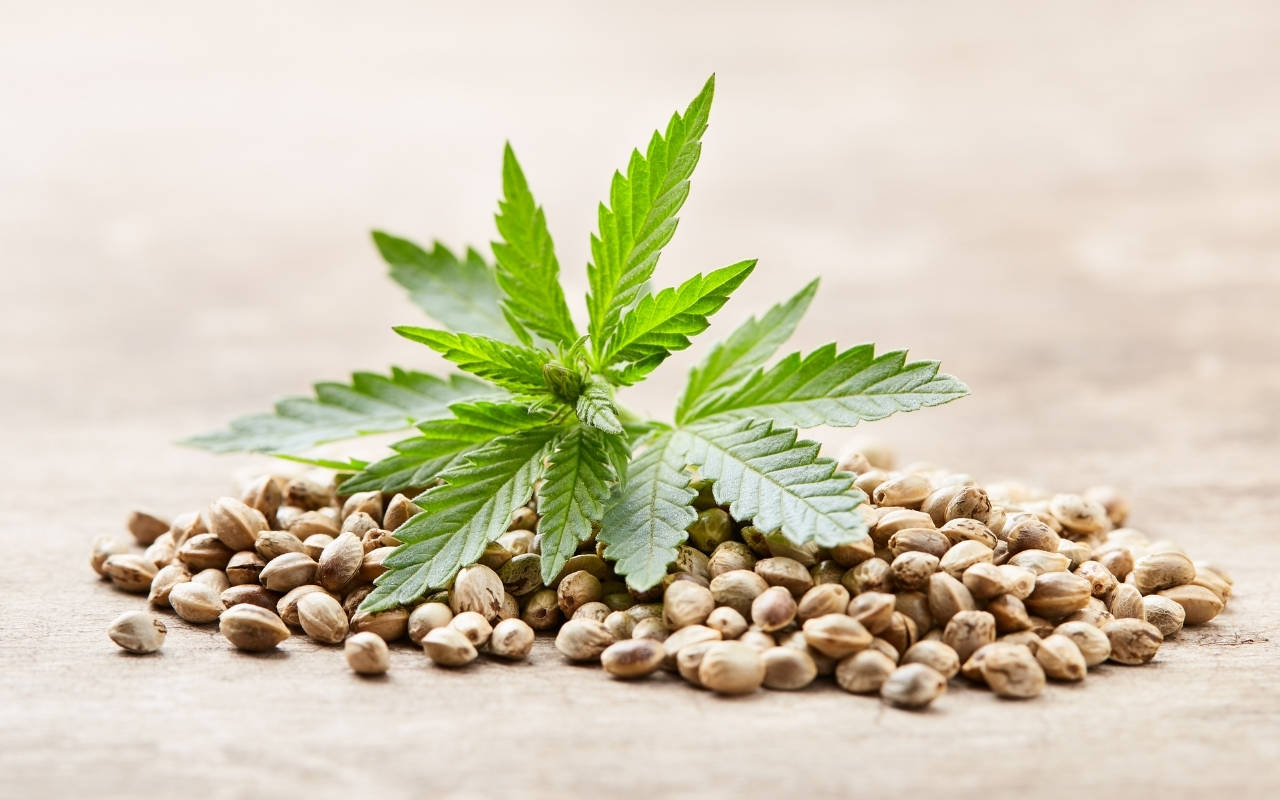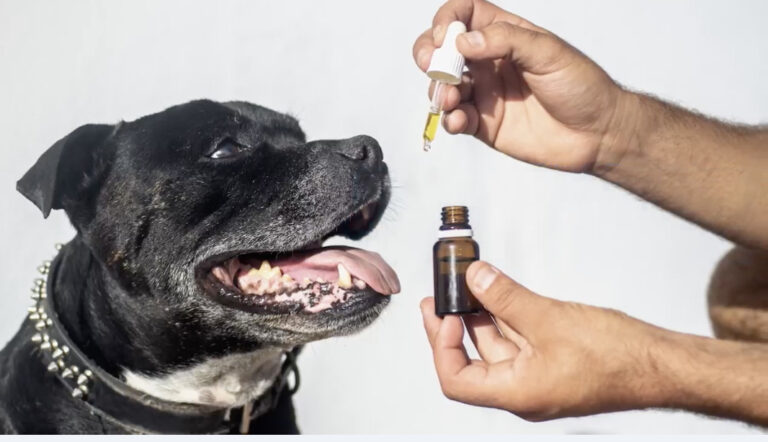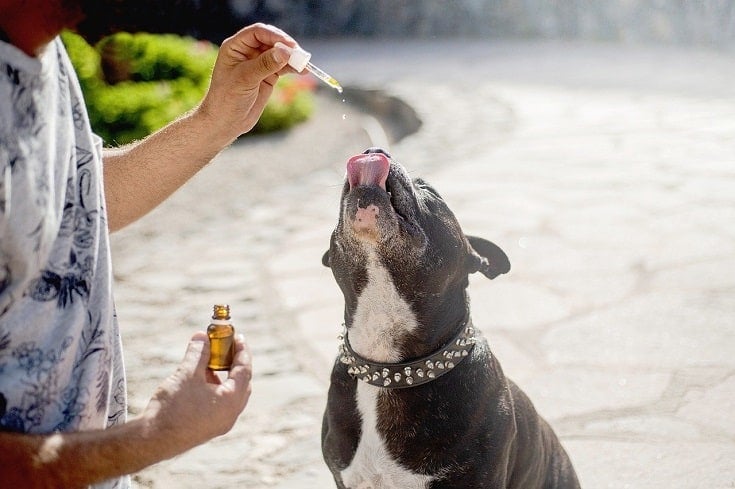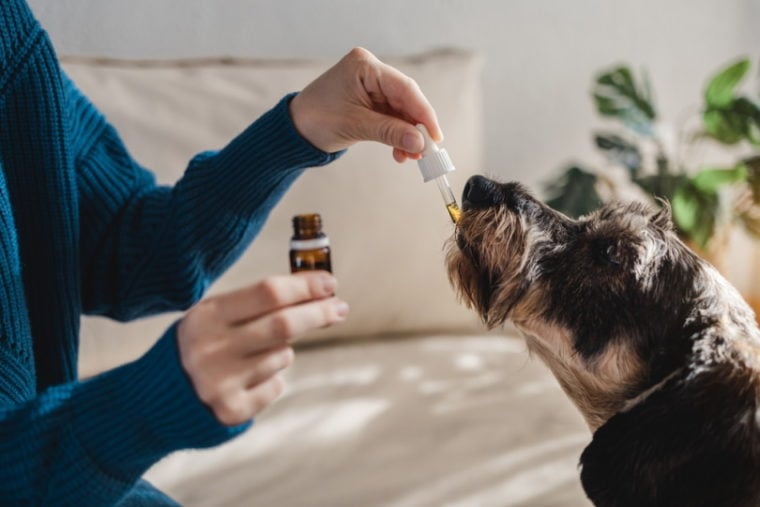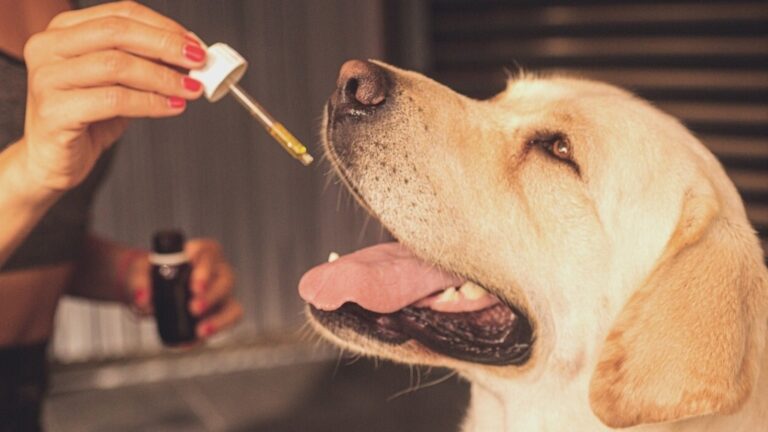Cannabis Microcultivation: Small-Scale Seed-to-Harvest Techniques for Personal Use
Cultivating cannabis at home has become an increasingly popular endeavor, allowing enthusiasts to have a hands-on experience with the plant from seed to harvest. Microcultivation, or small-scale cultivation, is particularly appealing for those seeking a more personalized and controlled approach to growing cannabis. In this blog post, we will explore the fascinating world of cannabis microcultivation, discussing the benefits, techniques, and considerations for successfully cultivating cannabis on a small scale for personal use.
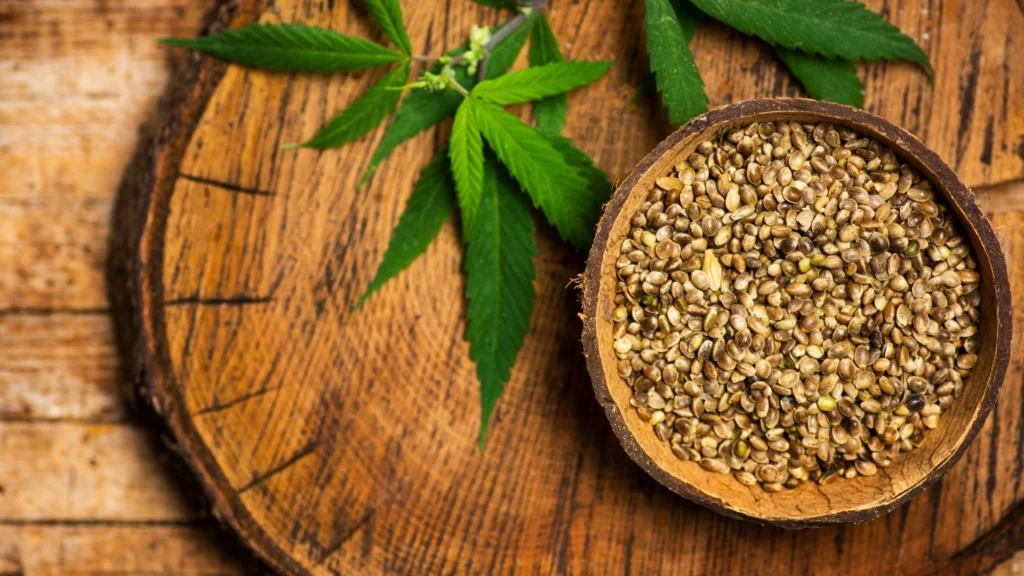
ALSO READ – The Impact of CBD on Dogs: Does It Make Them Sleepy or More Active?
The Appeal of Microcultivation
Microcultivation has gained traction among cannabis enthusiasts for various reasons, offering a more intimate and customizable cultivation experience. Whether you are a seasoned grower or a beginner, the appeal of small-scale cultivation lies in its accessibility, ability to experiment with diverse strains, and the joy of producing a personal harvest.
Accessible for Beginners
a. Low Barrier to Entry: Microcultivation requires less space, making it feasible for individuals with limited room or resources to get started. b. Learning Opportunities: Small-scale cultivation allows beginners to learn and experiment without the challenges associated with larger operations.
Personalized Experience
a. Strain Selection: Microcultivators can choose specific strains that cater to their preferences, whether seeking therapeutic benefits or recreational effects. b. Tailored Growing Conditions: With smaller spaces, growers can fine-tune environmental factors to meet the specific needs of their chosen strains.
Control Over Cultivation
a. Reduced External Influences: Microcultivation minimizes the risk of external factors affecting the grow environment, providing greater control over the cultivation process. b. Hands-On Approach: Growers can closely monitor and interact with each plant, fostering a deeper connection with the cultivation experience.
Setting Up a Microcultivation Space
Creating an efficient and productive microcultivation space requires careful planning and consideration. The choice of space, lighting, ventilation, and other factors significantly influences the success of the cultivation endeavor.
Selecting the Growing Space
a. Indoor Microcultivation: Utilizing a spare room, closet, or designated indoor space provides control over environmental factors, especially in regions with adverse weather conditions. b. Outdoor Microcultivation: For those with limited indoor space, cultivating in a balcony, terrace, or small outdoor area can be a viable option, taking advantage of natural sunlight.
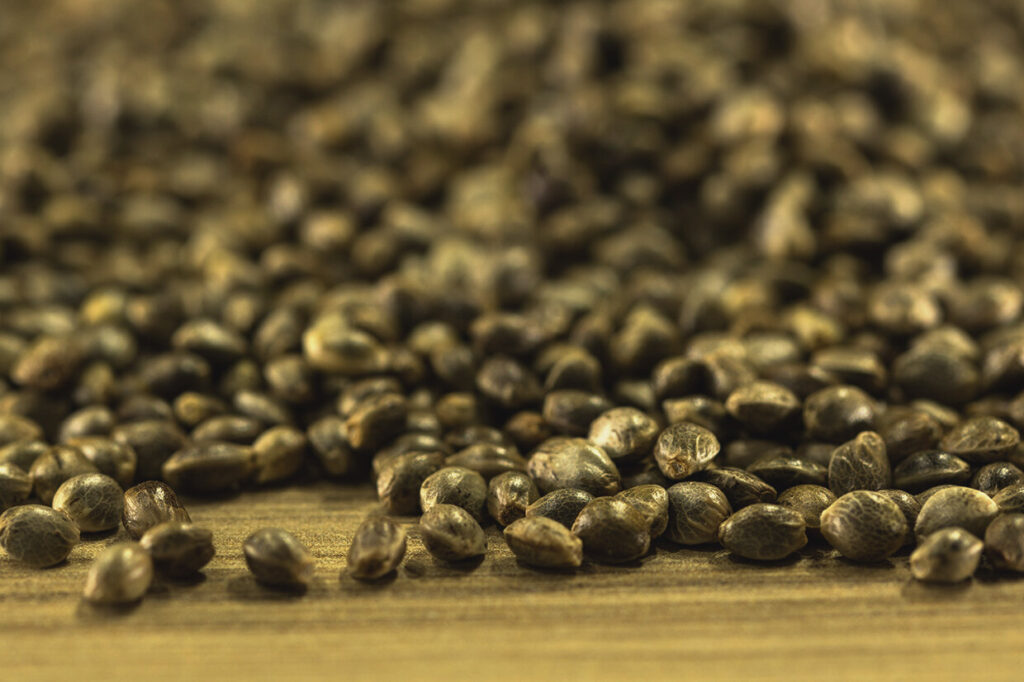
Lighting Considerations
a. Indoor Grow Lights: Choosing the right grow lights, such as LEDs or high-intensity discharge (HID) lights, is crucial for providing the necessary light spectrum for optimal plant growth. b. Natural Sunlight: Outdoor microcultivators should strategically position plants to receive adequate sunlight throughout the day.
Ventilation and Airflow
a. Indoor Ventilation: Proper airflow is essential for preventing mold, maintaining optimal temperature, and ensuring the health of the plants. b. Outdoor Microcultivation: Positioning plants in areas with natural airflow helps minimize the risk of pests and diseases.
Germination and Seedling Stage
The journey of microcultivation begins with the germination of cannabis seeds and the nurturing of seedlings. This critical stage sets the foundation for healthy plant development and a successful harvest.
Germination Techniques
a. Paper Towel Method: Placing seeds between damp paper towels in a dark, warm environment encourages germination. b. Direct Planting: Planting seeds directly into a growing medium, such as soil or coco coir, can also be effective.
Seedling Care
a. Light Requirements Providing gentle and consistent light during the seedling stage is crucial for preventing stretching and ensuring sturdy growth. b. Nutrient Considerations: Seedlings require minimal nutrients initially, and it’s essential to avoid overfeeding during this delicate stage.
Vegetative Growth
Once seedlings have developed into robust plants, the focus shifts to promoting vegetative growth. This phase involves nurturing the plants to build a strong foundation before transitioning to the flowering stage.
Light Cycle Managementa. Photoperiod Plants
Maintaining an 18-6 or 24-0 light cycle encourages vegetative growth for photoperiod plants. b. Autoflowering Plants: Autoflowering varieties often thrive on a 20-4 light cycle throughout their entire lifecycle.
Nutrient Requirements
a. Balanced Nutrient Mix: Providing a balanced nutrient mix with higher nitrogen content supports healthy leaf and stem development. b. Monitoring pH Levels: Regularly monitoring and adjusting the pH of the growing medium ensures optimal nutrient uptake.
Pruning and Training
a. Topping: Topping involves removing the apical meristem to encourage lateral growth, creating a bushier plant. b. LST (Low-Stress Training): Gently bending and securing branches during the vegetative stage helps shape the plant and promote an even canopy.
Flowering Stage and Harvest
The flowering stage marks the culmination of the cultivation journey, as cannabis plants transition from vegetative growth to the production of buds. Timing, environmental conditions, and proper harvesting techniques are crucial for a successful and satisfying harvest.
Light Cycle Adjustment:
a. Photoperiod Plants: Switching to a 12-12 light cycle initiates the flowering stage for photoperiod plants, mimicking the natural change in daylight hours. b. Autoflowering Plants: Autoflowering varieties automatically transition to the flowering stage based on age, regardless of the light cycle.
Environmental Considerations
a. Temperature and Humidity: Monitoring and maintaining appropriate temperature and humidity levels during flowering are essential for bud development and preventing mold. b. Air Circulation: Proper ventilation ensures that the buds receive adequate airflow, reducing the risk of bud rot.
Harvesting Techniques
a. Trichome Examination: Monitoring trichome development and harvesting at the desired stage (clear, milky, or amber trichomes) influences the potency and effects of the final product. b. Drying and Curing: Properly drying and curing harvested buds enhances flavor, aroma, and overall quality.
Challenges and Tips for Success
While microcultivation offers numerous advantages, growers may encounter challenges along the way. It’s essential to be aware of potential issues and implement strategies to overcome them.
Pest Management
a. Regular Inspection: Regularly inspecting plants for pests helps detect issues early on. b. Organic Pest Control: Implementing organic pest control methods, such as introducing beneficial insects, minimizes the need for chemical interventions.
Limited Space
a. Vertical Cultivation: Utilizing vertical space with techniques like ScrOG (Screen of Green) or trellising maximizes yield in confined spaces. b. Strategic Plant Placement: Positioning plants to optimize available light and airflow is crucial in limited spaces.
Nutrient Management
a. Diluted Nutrient Solutions: Avoid overfeeding by starting with diluted nutrient solutions and gradually increasing strength based on plant response. b. Regular Flushes: Periodic flushing helps prevent nutrient buildup in the growing medium, promoting healthier plants.
Conclusion
Cannabis microcultivation opens the door to a personalized and rewarding journey for enthusiasts who wish to cultivate their own cannabis plants at a small scale. From selecting the right strains and setting up a suitable growing space to nurturing plants through germination, vegetative growth, and flowering, the process

